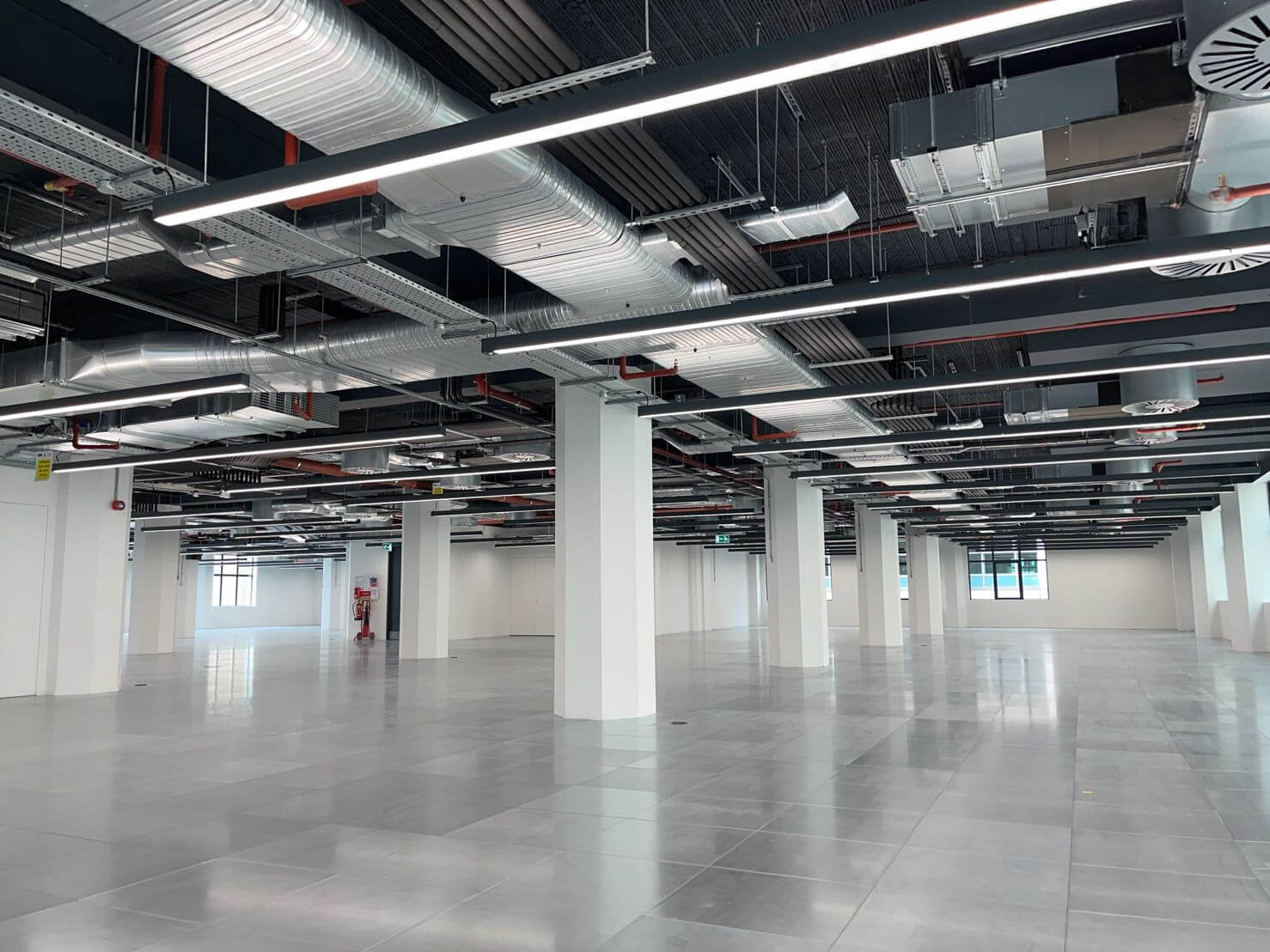Climate change is one of the most pressing issues planet Earth faces, and there is a global effort to combat this emergency by achieving net zero. Net zero means that a balance needs to be struck between the amount of greenhouse gasses produced versus the amount that is removed from the atmosphere. The balance between these two factors is very important as we need to limit the impact of global warming to create a sustainable future for the next generation. Lights are a major part of energy consumption worldwide, and the move towards energy-efficient and environmentally friendly lighting solutions is an important step towards achieving net zero. In this post, we will explore the role of sustainable lighting and what part it can play in net zero goals.
Energy Efficiency and Reducing Your Carbon Footprint
Energy efficiency is one of the main benefits of sustainable light systems. Traditional fluorescent and incandescent bulbs use a lot of energy and can contribute to greenhouse gas emissions. In comparison, modern LED bulbs use far less energy while glowing as bright as the traditional options. According to the International Energy Agency (IEA), many countries have phased out incandescent bulbs, and many more are on the way to removing fluorescent lighting from the market. The goal is for all countries to exclusively sell LED technology by 2025 in order to achieve net zero emissions by 2050. Furthermore, transitioning to LED lighting could reduce global lighting electricity consumption by more than 50% by 2030 (https://www.iea.org/energy-system/buildings/lighting) Sustainable lighting solutions often utilise smart controls and sensors that can adjust lighting levels, turn lights off when nobody is home and be set for different times of day. These smart tools can further reduce energy usage and help to reduce the carbon footprint of home or business lighting.
Circular Economy and Sustainability
Modern lighting also uses a circular economy that works around the need to reduce, reuse, and recycle materials for sustainability. Many leading lighting manufacturers are starting to use eco-friendly practices such as remanufacturing, using recycled materials, minimising waste during production and designing products that can be taken apart easily and recycled at the end of their useful life. Also, as sustainable lights often have longer lifespans compared to conventional or traditional lighting, this reduces the need for frequent replacements. This not only helps the conservation of resources but also offers long-term cost savings for businesses and households.
Enabling Renewable Energy Integration
As the world moves towards renewable energy sources, sustainable lights play an important role in introducing clean energy sources into the grid. LED lighting systems are fully compatible with renewable energy sources, such as wind power and solar power, and sustainable light solutions can also be combined with energy storage systems to allow for the storage and use of renewable energy when demand is high.
Smart Grid Integration and Responsive Lighting
Modern sustainable light systems with advanced controls and networking features can help create a smarter electrical grid. A smart grid uses digital technology to better manage how energy is distributed and used. These intelligent lighting systems can then connect to the smart grid network and communicate with utility companies, and they can respond in real time to signals about energy demand levels. When energy demand is very high, the lighting systems can automatically lower their light output. This reduces the overall energy load on the grid.
Conclusion
Sustainable lighting plays an important part towards achieving net zero goals. With the use of energy efficient technologies, smart controls and using recycled and reused materials during the manufacture of the light, the lighting industry can help to reduce greenhouse gasses and limit the impact of climate change.


